How Mavs Allowed Epic 3rd Quarter Collapse In Game 5 vs. Suns
The Dallas Mavericks began Game 5 of their 110-80 loss to the Phoenix Suns about as well as one could want considering they were playing on the road in the Western Conference semifinals.
Getting off to slow starts was the main cause of the Mavericks' two road losses previously in the series. Holding a 26-23 lead through one quarter of action in Game 5 was the first time that Dallas hadn't trailed through one frame at the Footprint Center in the playoffs.
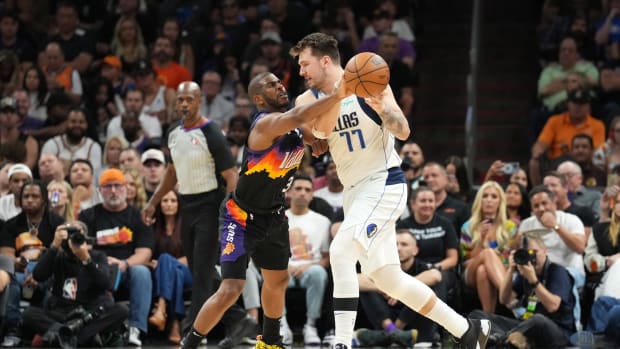
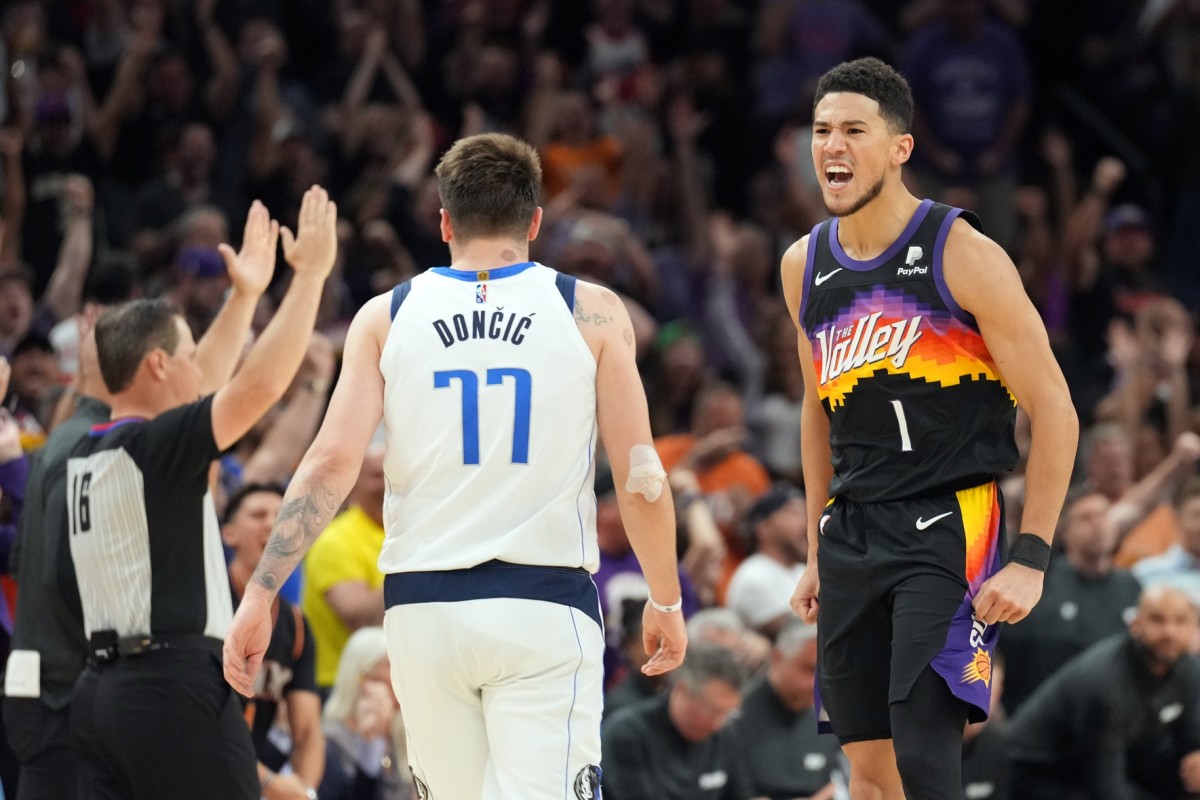
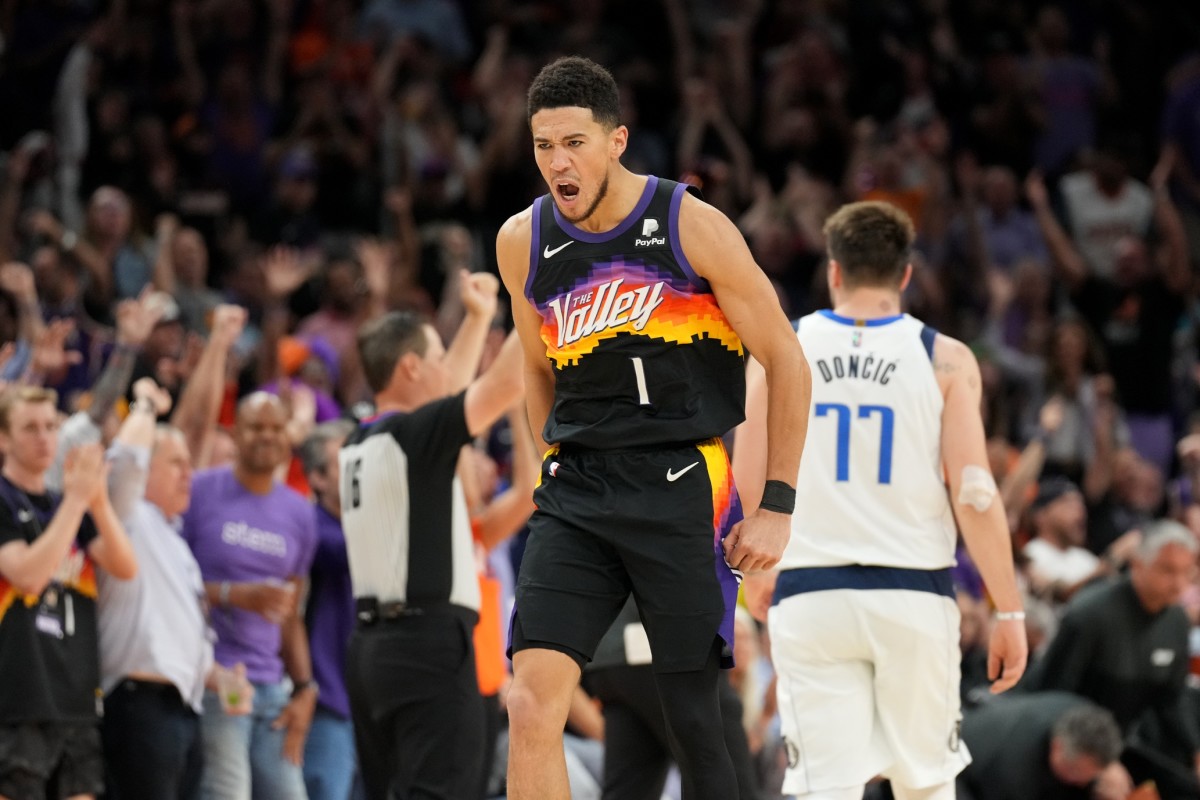
The Mavericks scored with effective efficiency in the first quarter to achieve their 26 points. Dallas shot 9-17 (52.9 percent) from the floor, 4-8 (50.0 percent) on 3s, and made all four free throw attempts without a turnover.
“I think the first quarter was great,” Doncic said. “We came out physical and we played defense, but then I think we relaxed. That wasn’t us. That wasn’t us. We’ve got to be way better than that.”
The Mavericks' offense sputtered the rest of the way. After the first quarter, they scored a maximum of 20 points within a single quarter and shot 33.3 percent from the floor, 16.7 percent on 3s, and turned it over 16 times. The Suns' emphasis was to take away any advantage created by using a screen to get downhill — making it a daunting task to get into the paint.
“We just didn’t get in the paint and we didn’t really follow our game plan as effective as we wanted to,” Brunson said. “I also turned the ball over. I had four turnovers and they were all in the third.
"I’ve got to be better at making decisions. Whatever the game plan was, they stuck to it and you just got to give them credit.”
The lack of execution from the Mavericks' offense to begin the third quarter was particularly concerning. The Suns managed to outscore Dallas 24-8 during the nine minutes Doncic was on the court within the period — effectively putting the game out of reach.
One of the methods the Suns' defense used was to go under the handoff Doncic received on the first possession of the third quarter. It showed the Mavericks they are not going to be able to come straight off screen contact into a gap. The play was blown up and Doncic had to attack Mikal Bridges in isolation.
Another technique the Suns' defense used when Doncic used a ball screen was to have Deandre Ayton engage closer to the level instead of playing in a deep drop. Ayton engaged long enough to allow the on-ball defender to recover before recovering back to the rim roller — neutralizing any traditional high ball screen basic outcomes by eliminating the gap and the roll.
The most vulnerable position the Suns' defense was willing to be was to switch the screen against Doncic — giving him a mismatch to attack. While Doncic is going to come up successfully and make tough shots, having to rely on these outcomes and not getting the defense out of rotation limits the ceiling for the offense.
The Mavericks attempted to use post-ups to create an advantage, but the Suns' defenders were assertive making those sequences challenging. Whether it was being as physical as possible without fouling or prying the ball loose, not allowing Doncic to get deep on the backdown was key.
Allowing a different threat to attack like Brunson did not generate much impact either. Chris Paul made it a point to contain Brunson from getting deep into the paint by either taking a charge or keeping Brunson in front to contest a jumper.
There were plenty of role player blunders that resulted in costly turnovers, too. When the commentary shifts to Doncic trusting his teammates more, there is a real lack of options to turn to when he's not initiating the play.
Not only did the Mavericks' offense suffer, but the Suns were also getting what they wanted on the other end. Phoenix played to their character as the NBA's best team once again. Overall, Dallas was outscored 33-14 in the third quarter after facing the full wrath of what Phoenix can do when they're firing on all cylinders.
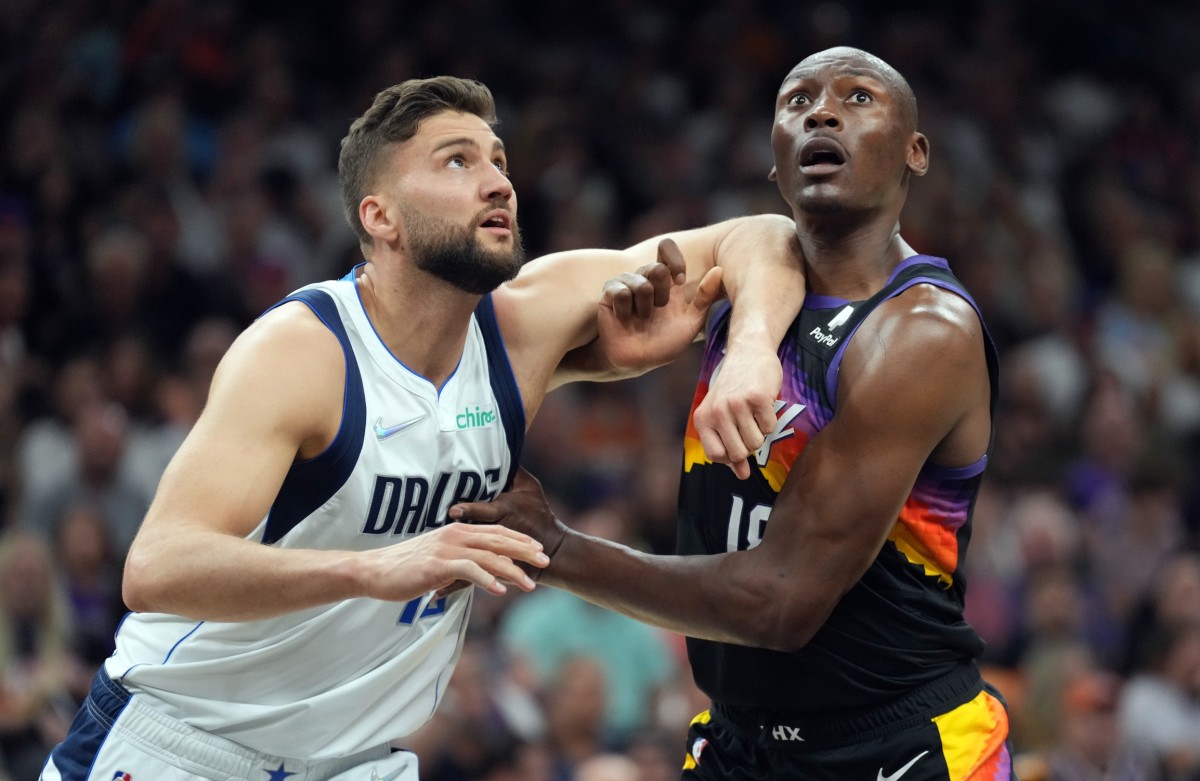
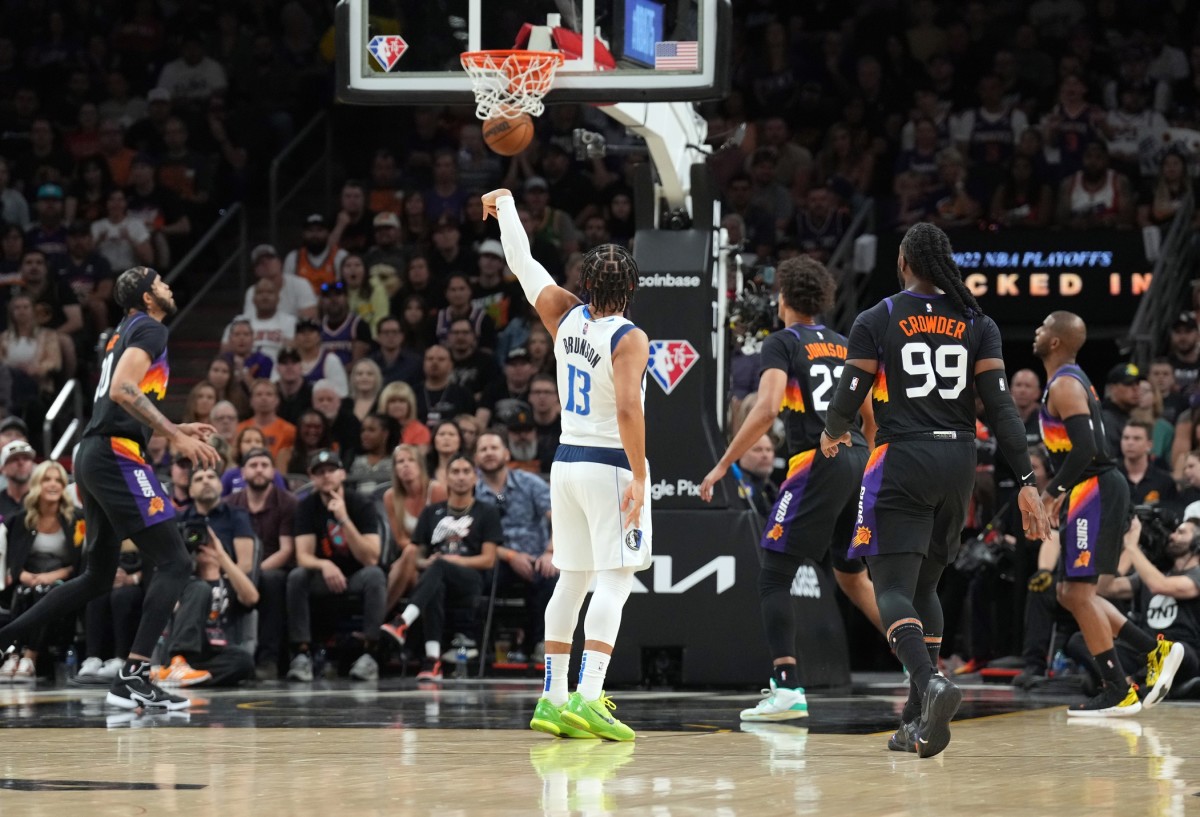
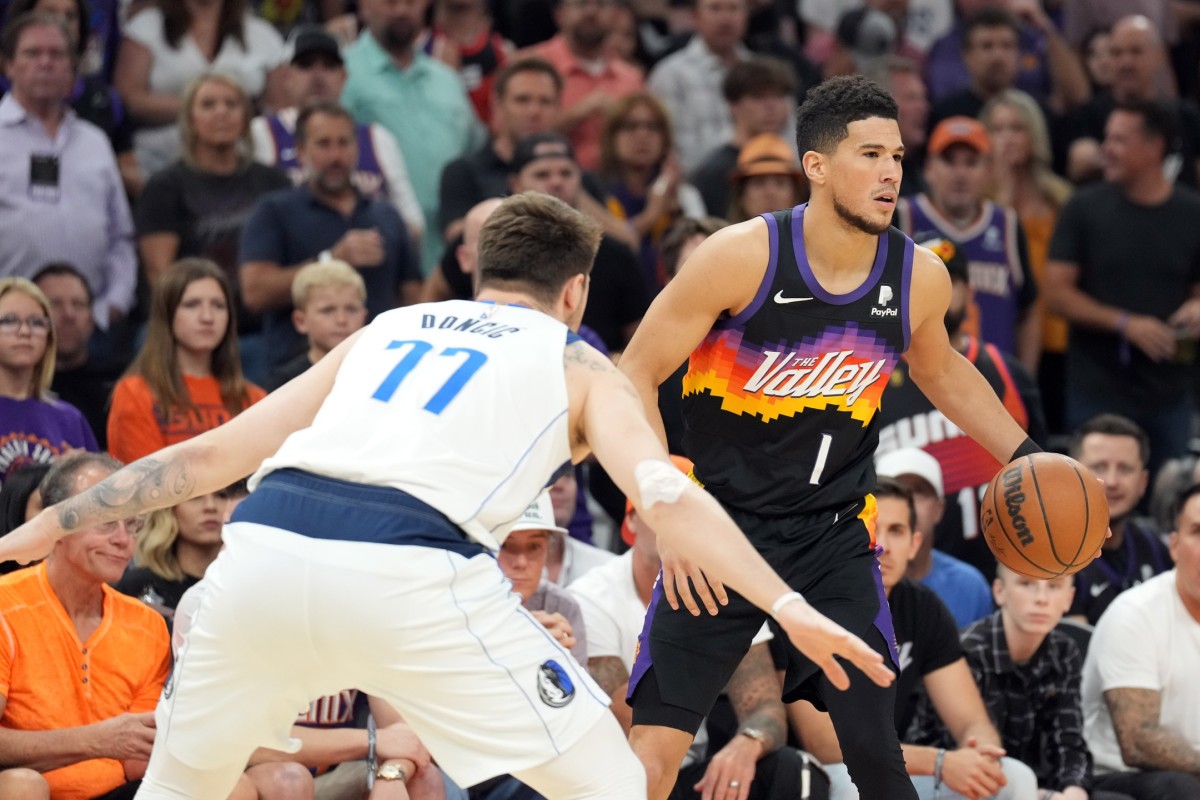
“We just didn’t play smart in the third quarter – offensively or defensively,” Mavericks coach Jason Kidd said. “That quarter was no different than Games 1 or 2 here. We just have to be better, and we will be.”
The Suns' offense looked to attack Doncic in ball screen actions to make him work on defense. While the results on these situations weren't actually the main area where the Mavericks' shortcomings occurred, doing so generated positive results for Phoenix.
The turnovers and bad shots the Mavericks' offense produced led to plenty of transition scoring chances for the Suns. Some of these sequences occurred when Doncic was on the bench, but regardless, there were too many easy chances given up.
Ayton began to come alive a bit making an impact on the boards for putbacks along with having a rim roll for a bucket and had a turnaround jumper against Kleber. When the Mavericks are cold from 3, any advantage that Ayton can provide the Suns' offense becomes all the more impactful.
The Suns didn't actually have Booker or Paul take over and isolate switches over and over, or make a lot of tough players in ball screens. They weren't even converted much in spot-up. Phoenix mostly was opportunities on the open floor and technical in the half-court playing to their personnel advantages.
The odds are stacked against the Mavericks at this point in the series. They need to defend home court in Game 6 then travel back to Phoenix and do what they haven't been able to do once in three tries this series: win at Footprint Center.
